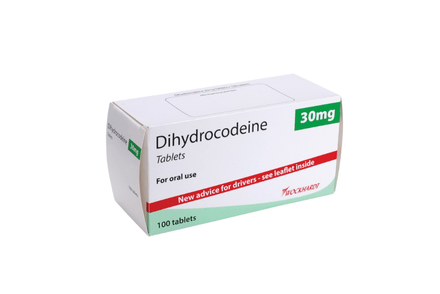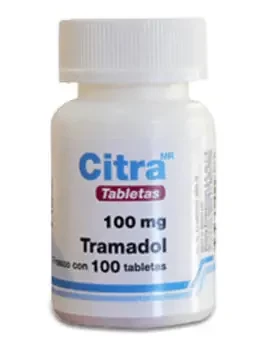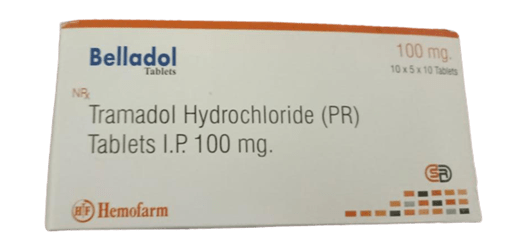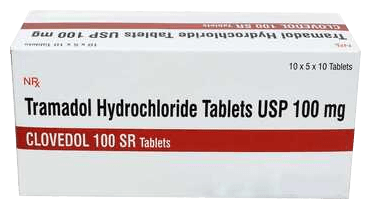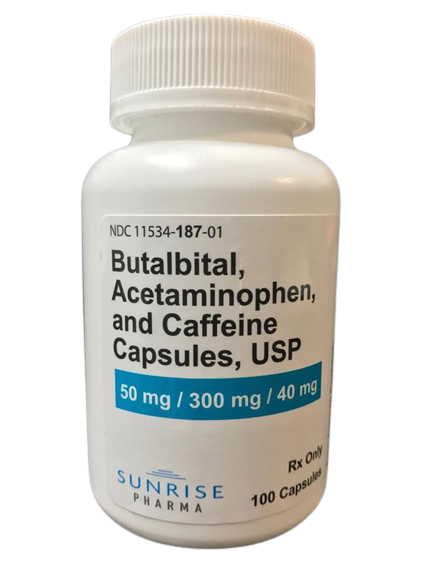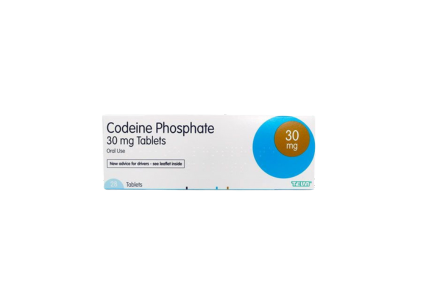Description
Dihydrocodeine is a semi-synthetic opioid analgesic used to manage moderate to moderately severe pain. It is chemically related to codeine and is often prescribed when weaker pain relievers, such as paracetamol or ibuprofen, are not effective enough.
Key Details:
-
Strength: 30 mg tablets (commonly available dose)
-
Class: Opioid analgesic
-
Mode of Action: Dihydrocodeine works by binding to opioid receptors in the brain and spinal cord, which helps reduce the perception of pain.
-
Uses:
-
Relief of moderate to severe pain
-
Occasionally used to manage breathlessness in certain lung conditions
-
May be included in combination medications for cough or post-operative pain
-
Dosage and Administration:
-
Typically taken every 4 to 6 hours as needed.
-
Dosage should be determined by a healthcare professional based on the individual's condition and response.
Side Effects:
-
Common: Drowsiness, dizziness, constipation, nausea
-
Serious: Respiratory depression, allergic reactions, dependence/addiction (especially with long-term use)
Precautions:
-
Not recommended for individuals with severe respiratory problems or acute asthma.
-
Use with caution in patients with liver or kidney impairment.
-
Should not be taken with alcohol or other central nervous system depressants.
Dependency Risk:
As an opioid, dihydrocodeine carries a risk of addiction, tolerance, and withdrawal symptoms if misused or used over a long period.
Note: Always use dihydrocodeine under the guidance of a qualified healthcare provider.
Ingredients
The ingredients of Dihydrocodeine 30 mg tablets typically include both active and inactive (excipients) components. Here's a breakdown:
Ingredients of Dihydrocodeine 30 mg Tablets
1. Active Ingredient:
-
Dihydrocodeine Tartrate – 30 mg
(This is the active opioid compound responsible for pain relief.)
2. Inactive Ingredients (Excipients):
These may vary slightly by manufacturer but commonly include:
-
Lactose monohydrate – filler/binder
-
Maize starch – disintegrant
-
Povidone (PVP) – binder
-
Magnesium stearate – lubricant
-
Talc – anti-caking agent
-
Colloidal anhydrous silica – improves flow
-
Stearic acid – lubricant
-
Gelatin – binder (in some formulations)
-
Colorants or coating agents – used in film-coated tablets
Important Notes:
-
Always check the specific manufacturer's product leaflet for exact ingredients.
-
Lactose: Patients with lactose intolerance should be cautious.
-
Allergens: Always consult the patient information leaflet (PIL) if you have allergies or sensitivities.

